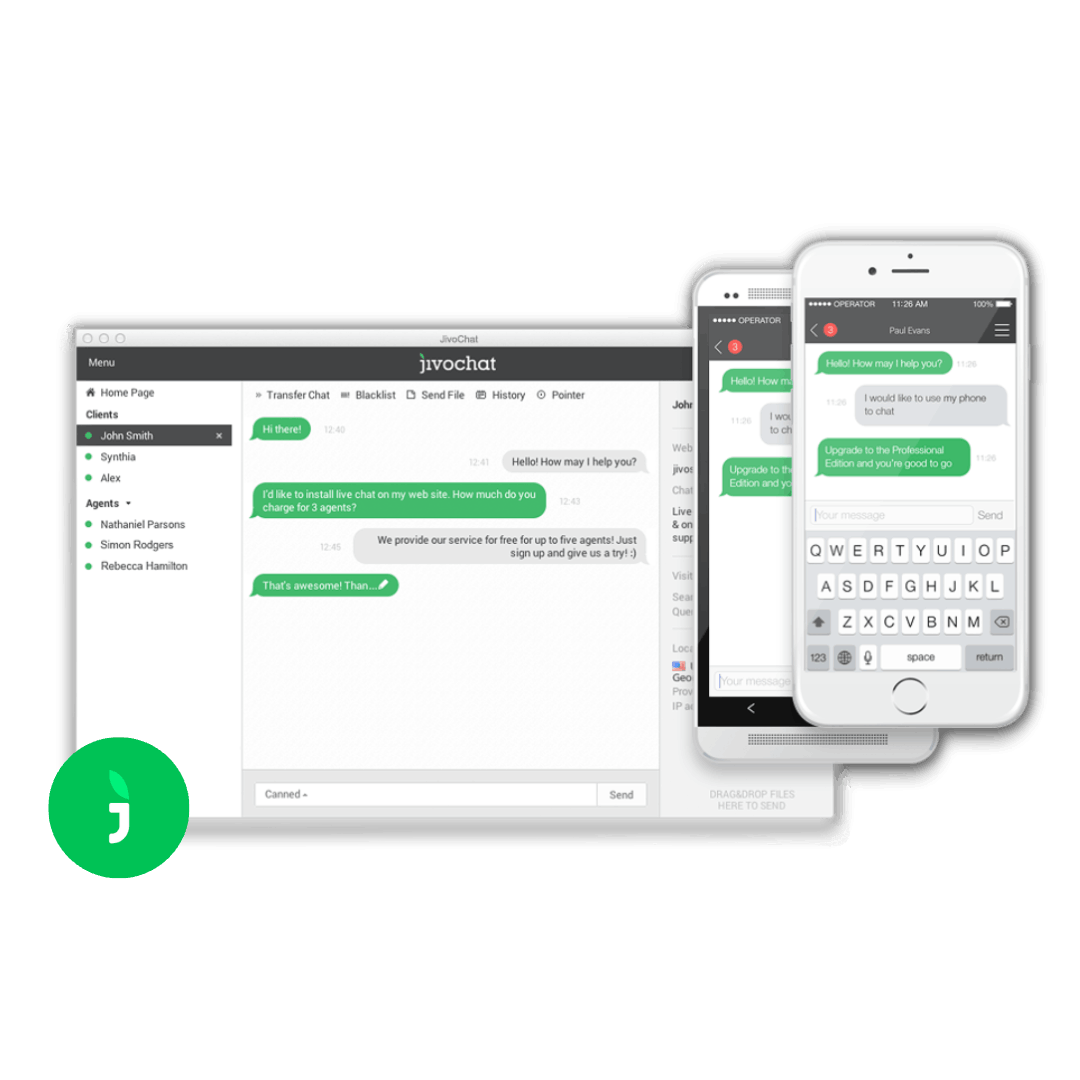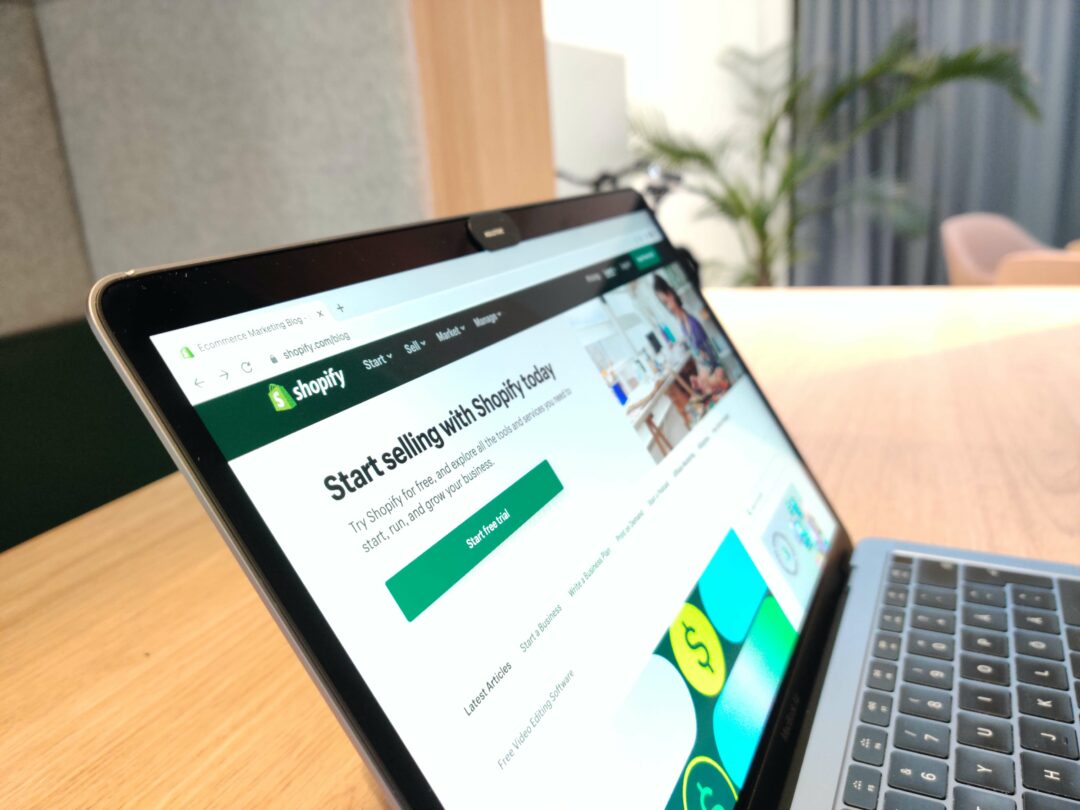An RFP Guide (Request for Proposal) for digital design – the what, who, where, when and why.
RFP is another one of those three-letter acronyms that get banded around the business world, but what is it? This is the Strafe Creative RFP guide to help you produce an inspiring and thorough RFP document that will get you great proposals back.
We’ve collated some useful tips and tricks that will help you get the best website Request for Proposal together so you can submit and share it with the confidence that you’ll find the right vendor.
What is a Request for Proposal (RFP)?
A ‘Request for Proposal’, or RFP, is a document produced by an organisation that details a project they want a specialised vendor to complete for them. The RFP is then shared with a number of vendors or agencies who could complete the project. The agencies then have the opportunity to bid for the work, with a written proposal that fits the requirements listed in the RFP.
When do I need an RFP?
If you’re an organisation looking to level up your digital presence, improve your website or consider a re-brand then an RFP could be a great tool to start with.
In our case here at Strafe Creative, we receive RFPs for digital design projects. Potential customers might want to work with us based on their needs and wants from the project, combined with our skills and expertise in design and conversion.
By using the RFP process, the potential client gets the chance to review a few proposals, get in touch with vendors and ultimately choose the agency that is best suited to the project and their organisation.
Simple right?
Not quite. The reality is agencies like us, likely receive many RFPs each month. The same as a job application, your RFP has to stand out. Making sure you include the relevant and appropriate information is imperative, plus choosing which agencies you send the RFP out to.
There’s no point in sending us here at Strafe an RFP for an advertising campaign because that’s just not what we do – we’re on the lookout for digital design or website RFPs.
Why do I need a Request for Proposal?
RFPs are an efficient way to find an agency or vendor that is the perfect fit for your project, without having to repeat yourself time and time again in multiple briefing meetings. If you can get your RFP spot on, with clear requirements, specifications, background and budget, then you’ll likely receive a lot of great quality proposals back. Here are four ways a request for proposals can help to you:
- Find the most appropriate and qualified organisation to complete the job
- Find the best solution at a price that works for you
- Compare apples for apples, as each vendor answers the same questions
- Determine the quality of the bidder, based on their responses
Saying this, however, it is so important to note that the quality of your RFP will affect the responses that come through if any. Putting the effort in when you need one will ultimately help your project in the long term.

A Request for Proposal Guide – what should you include?
At Strafe Creative we value transparency and really getting to know our clients so that we can deliver the best possible outcome. With that in mind, here’s our RFP guide which will ensure that vendors like us, give you a fantastic website (or other) proposal in return:
- Project overview – This is an important starting point and another important ‘what’ in the RFP process. Vendors need to know whether or not it’s something they’re going to be interested in or qualified to work on. The overview should also include objectives, for example, a new web design to increase sales by 30% by the end of the year. Strafe specialise in conversion optimisation, so we know that this is a project we could potentially work on.
- Your company background – This is the big ‘WHO’ – who are you? Vendors need to know about your company, what do you do, what kind of customers do you have?
- Goals & project scope – What do you want to achieve, what does the project include, when should it be completed by? This section should also include information about the creative or content elements, branding requirements, functionality of the project and potentially ongoing support and maintenance. This is important for the vendors to understand so they can plan within a realistic time frame. If you require a total rebrand, plus web design and ongoing maintenance then that proposal is going to look very different to a mobile app for example.
- Budget & any roadblocks – How much do you think you can spend on the project? Stating a clear budget for the project makes it easier for the vendor to plan time and resources for the proposal, and of course, understand if it’s something they can actually pitch for. Plus, being honest about potential roadblocks can help attribute to this too. Best to be upfront and transparent from the get-go!
- What you are looking for in a potential vendor – This is the easiest way to find the best possible vendor to partner with, when it comes to working style, values and experience.
- Key contact – Although there may be a group working on the project, ensure there is just one contact that agencies or vendors can get in touch with. It makes the process a lot smoother and clearer for all involved.
Where does my RFP go?
Once you’ve written and finalised your RFP it’s time to get out into the world. Do some research and see who comes up on Google, they must have good SEO right?
Consider contacting your ideal vendors directly and offer them the chance to ask any questions via a pre-proposal call. It’s a great way to connect with the vendors and share a bit of your passion behind the project, to inspire them outside of the written document.
Vendor / Agency Responses
This response to your project will be HOW they would approach the challenge you’ve laid out in front of them. The idea behind the proposal you receive in return is that the vendor showcases how well they understand your brand and project and therefore how they can help you to be successful. MightyRoar has a fantastic RFP guide explaining what to expect in the proposal.
There are many templates, guides and other helpful RFP guides across the internet to ensure you create the most effective proposal. Our favourites include this guide from Hubspot and a comprehensive article from Tower Marketing.
If you are looking for a design company that can help your SaaS sales grow send us your RFP through our Project Planner.





